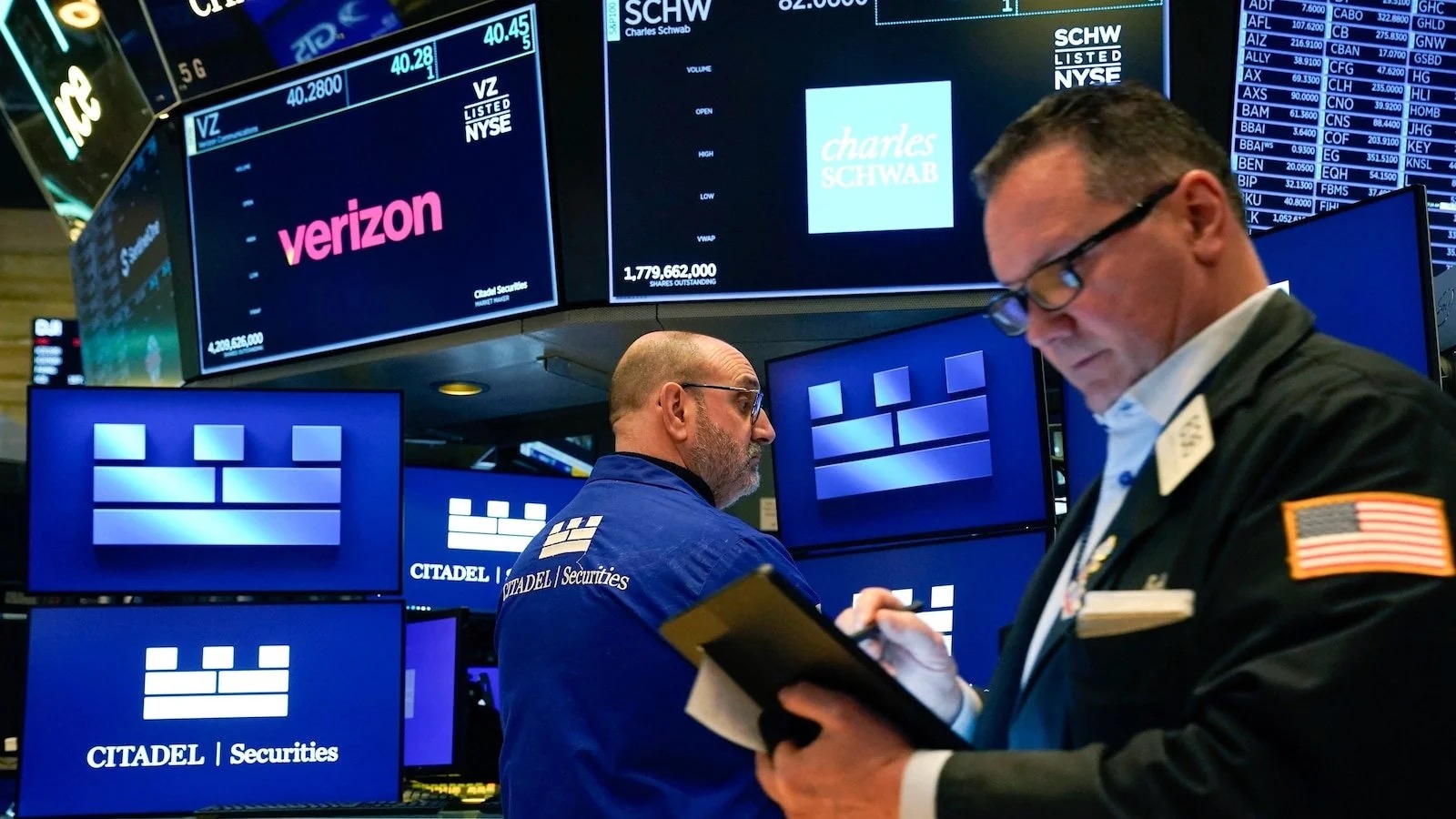Investors dumped stocks on Wall Street late Monday following President Donald Trump’s announcement that his threatened tariffs on Canada and Mexico would proceed as planned on early Tuesday.
The Dow Jones Industrial Average plummeted by approximately 800 points, representing a significant 1.8% decline. The S&P 500 also experienced a substantial 2.1% drop, setting the stage for its worst day of the year. The tech-dominated Nasdaq Composite suffered a 3% decline, further exacerbated by a separate issue impacting Nvidia, which had already plummeted over 9%.
During a speech at the White House, accompanied by Commerce Secretary Howard Lutnick, President Trump declared that the window of opportunity for finding concessions with Canada and Mexico to avoid imposing sweeping new trade duties had closed. He asserted, “There is no room left for Mexico or for Canada.”
Trump announced that the tariffs would commence tomorrow, with a 25% tariff on Canada and a 25% tariff on Mexico. He also reiterated the imposition of an additional 10% tariff on China, on top of the recent 10% hike that has already drawn retaliatory measures from Beijing.
Furthermore, Trump reaffirmed the previously announced “reciprocal” tariffs that would be implemented on April 2. Additionally, in a post on his Truth Social platform earlier that day, the president announced that tariffs on “external product” from the agriculture industry would also be imposed on April 2, though he provided no further details.
Even before Trump’s remarks, new economic data emerged as fresh warnings about the stability of the U.S. economy. A measure of manufacturing activity indicated a significant increase in suppliers’ costs, partly triggered by trade-related concerns.
“The incoming tariffs are causing our products to increase in price. Suppliers are already implementing sweeping price increases,” said an executive at a machinery firm to the Institute of Supply Management for its monthly survey. “Most respondents in the machinery sector are also noting increases in labor costs,” the survey revealed.
Monday’s stock market selloff has erased the strong start to the year for Wall Street, where many had welcomed the new Trump administration with enthusiasm due to anticipated deregulation and tax cuts. Despite rising as much as 5% this year, the Dow is now only slightly higher than its initial position in 2025.
Furthermore, indicators of consumers’ expectations have already softened, and retail sales experienced a significant decline last month. Major brands, such as Walmart, are cautioning that the new administration’s trade policies could negatively impact their business in the coming months. However, some companies, like Chipotle, have stated that they plan to absorb the anticipated costs.

















